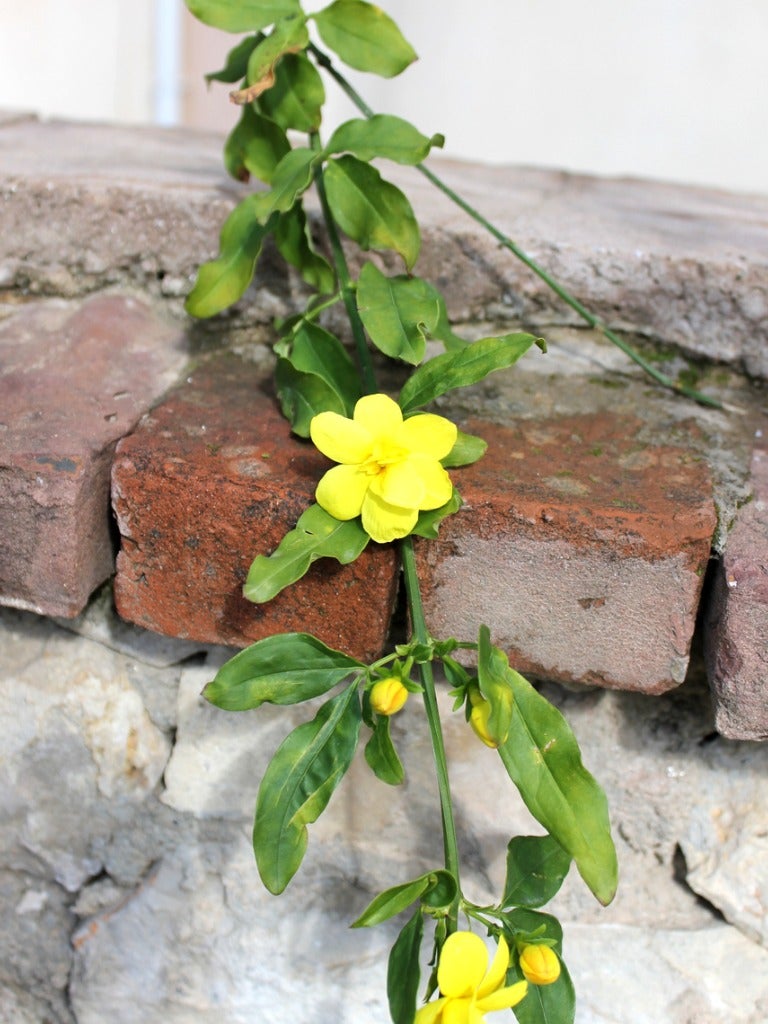Southeastern U.S. Vines – Choosing Vines For Southern Regions

SE vine
(Image credit: Shef-time)

last updated
in How-to
Sometimes, vertical growth and flowers are what you need in the landscape. If you live in the Southeast, you’re fortunate that there are numerous native vines for southern regions. Try something new to you and grow upward.
Types of Vines in the South
There are three types of southeastern U.S. vines that you may grow. The difference is how they climb: clinging, twining, and sprawling.
- The clinging vine has specialized organs to grab and hold onto your trellis or other structure. These tendrils assist in upward growth. Other specimens, like English ivy, have adhesive rootlets.
- Twining vines grow differently, twisting their stems to hold onto their support. When growing twining vine types, locate them to grow in the desired position.
- Sprawling vines may also need direction of their long stems, as they have no means of attachment. If not directed upward, they will grow in a mound. Direct these up on the support. If needed, use landscaping ties to keep them in place.
Best Vines for Southern Regions
- Carolina Jessamine (Gelsemium sempervirens) – Showy, fragrant and evergreen. Plant this southern vine in early spring. Put it against a trellis or other climbing point and watch the beautiful show. Elegant yellow blooms on a lightweight, twining vine last through spring. Carolina jessamine is hardy to zone 7 and above, possibly in some areas of zone 6b. Grow in well-draining soil in a full or part sun location. Prune when blooms finish.
- Ornamental Sweet Potato (Ipomoea batatas) – With bright green, purple, or even black foliage, this attractive southern vine is a tropical. Some areas of the Southeast grow the ornamental sweet potato as an annual. This plant loves the high humidity of southern zones, and a happy plant outside will bloom in summer. If you grow this in lower southern zones, take a cutting to grow inside as a houseplant.
- Lady Banks (Rosa banksiae) – This climbing rose can reach 15 feet (4.5 m.) when growing upward and planted in a well-draining soil. Small, showy blooms of pale yellow and limited thorns are reasons to grow this Lady Banks rose. Watering, mulching and regular fertilization keep this climber growing in top condition. Prune for shape and damaged branches. Grow it on a wall and let it spread. Hardy in zones 8 and above.
- Trumpet Creeper (Campsis radicans) – This is a common southern vine that can quickly cover a trellis or a fence. Grow in a container in small spaces, as it tends to spread. Flowers bloom from June through the rest of summer. The blooms are trumpet shaped and an eye-catching reddish to orange color. The trumpet creeper vine is flexible and easy to grow in wet or dry soil and part to full sun. This vine is deciduous, dying back in winter. It is hardy in zones 6b-8b.
Gardening tips, videos, info and more delivered right to your inbox!
Sign up for the Gardening Know How newsletter today and receive a free copy of our e-book "How to Grow Delicious Tomatoes".

Writer
Becca Badgett was a regular contributor to Gardening Know How for ten years. Co-author of the book How to Grow an EMERGENCY Garden, Becca specializes in succulent and cactus gardening.